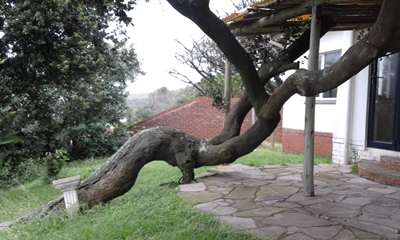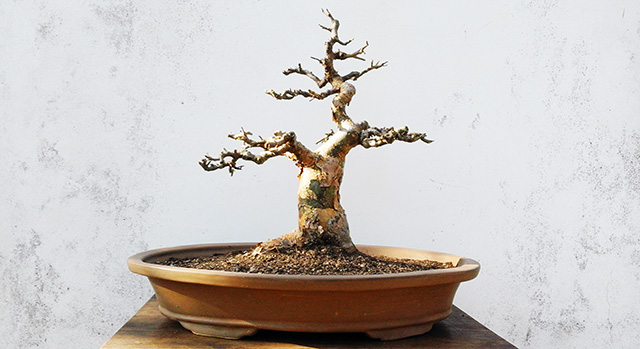Born To Bonsai
Hi Folks.
I think I was born to bonsai. I have been admiring trees all my life without even realising it. For a long period as a young adult I was fortunate enough to spend a lot of time in game reserves throughout Africa. While my fellow travellers took photos of animals, I took photos of trees. “What are you photographing, there are no animals?” was the question. “Foliage.” I answered. They all laughed. I have LOTS of photos of foliage from obscure places throughout Africa.
However, one does not need to travel into the wilds of Africa to become inspired about bonsai, inspiration is all around us. Big old trees eventually develop the characteristics that we admire and try and reproduce in our own miniature versions, a thick sturdy trunk, solid side branches with dense compact leaf pads at the ends. These trees grow all around us, in our suburbs and parks, in gardens and alongside freeways. All we need to do is to open our eyes and view the familiar from a new point of view.
Surprisingly enough, bonsai inspiration can also come via our television sets. I watch golf, not because of the sport, but because of the magnificent trees that one can see just sitting in one’s armchair. Golf courses have some of the most magnificent trees one can find anywhere, and one of the best golf courses, for trees, is Augusta Georgia, where they hold the Masters every year. The Masters was held this weekend which is why I am writing this. Georgia is situated in a very lush area of the USA, and the golf course has a large number of stunning Swamp Cypress trees. Swamp Cypress are a very sought-after species for bonsai growers, and to see them growing in their natural, albeit landscaped, environment is quite special. Sadly, the cameramen seemed to focus more on a bunch of strangely dressed men with sticks in their hands than the trees, but what can one do? I suppose you could accuse me of not seeing the Woods for the trees.
I also watch a lot of martial arts movies, not because of the action, but because they are mostly set in China or Japan, and there are always moments where they show beautifully sculpted trees both large and small. Even Hollywood does bonsai trees. The Walt Disney classic Jungle Book uses bonsai principles in the styling of the trees in the jungle. And, of course, there is the perennial bonsai grower’s favourite, The Karate Kid which uses bonsai visuals and philosophy throughout.
However, it must be pointed out, that the basic philosophy of bonsai is to reproduce a small part of nature in a container. The inspiration for this comes from a wide variety of places, but mostly from our local environment. So, the bonsai we create should reflect our local environment. If we live in Africa, our bonsai should represent Africa. Chinese and Japanese bonsai are styled in the ways they are, because that is how trees grow in those areas. In addition, they use tree species that are common in their areas, mostly pines and junipers and flowering trees like apricot. Pines and junipers are not indigenous to Africa, but we have acacia, baobabs and fig trees. Our trees grow differently to those in Japan and our bonsai should reflect this.
To end, even though one’s bonsai should reflect one’s own local environment, there is nothing wrong with creating one or two Chinese or Japanese styled trees. The roots of bonsai come from these regions and no matter how “African” our trees look they will always echo some Asian influence. Embrace it all, and keep growing.


